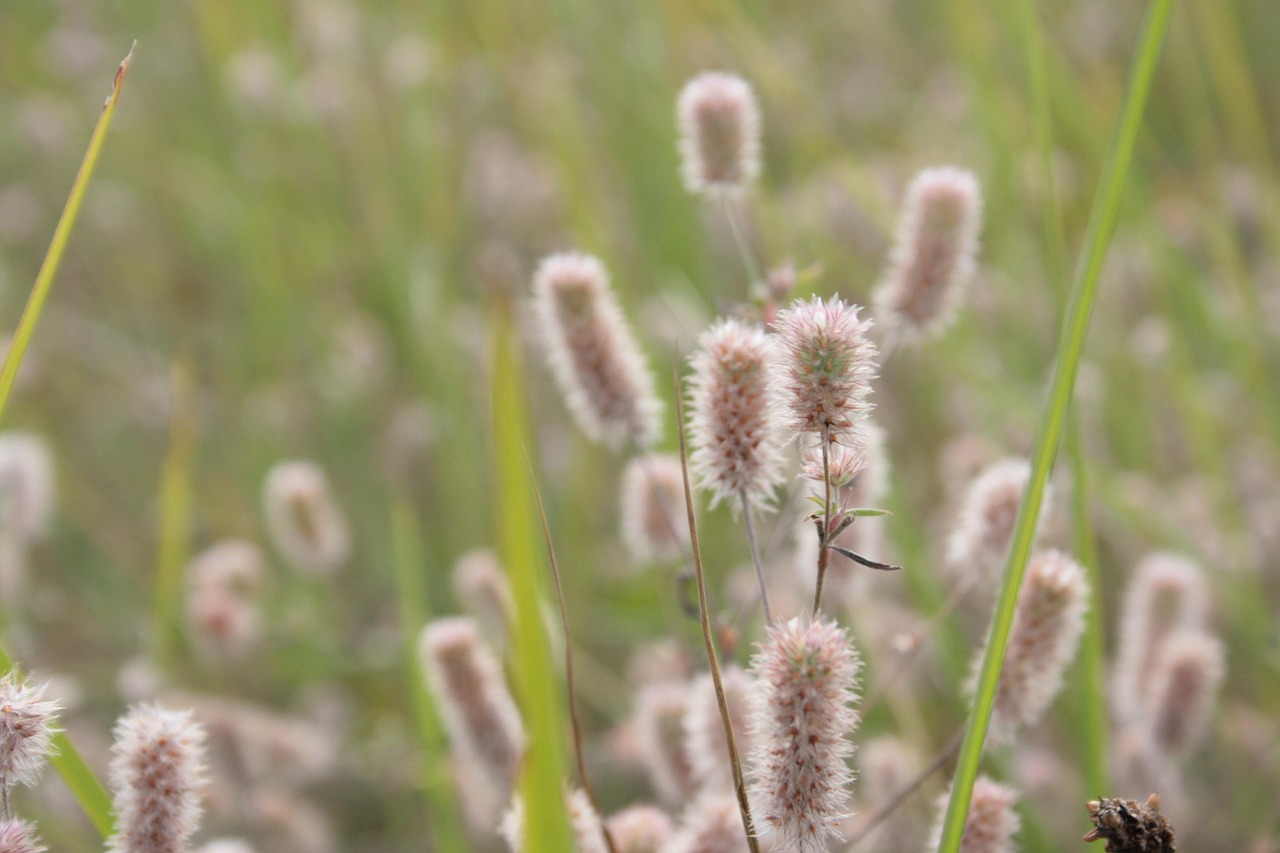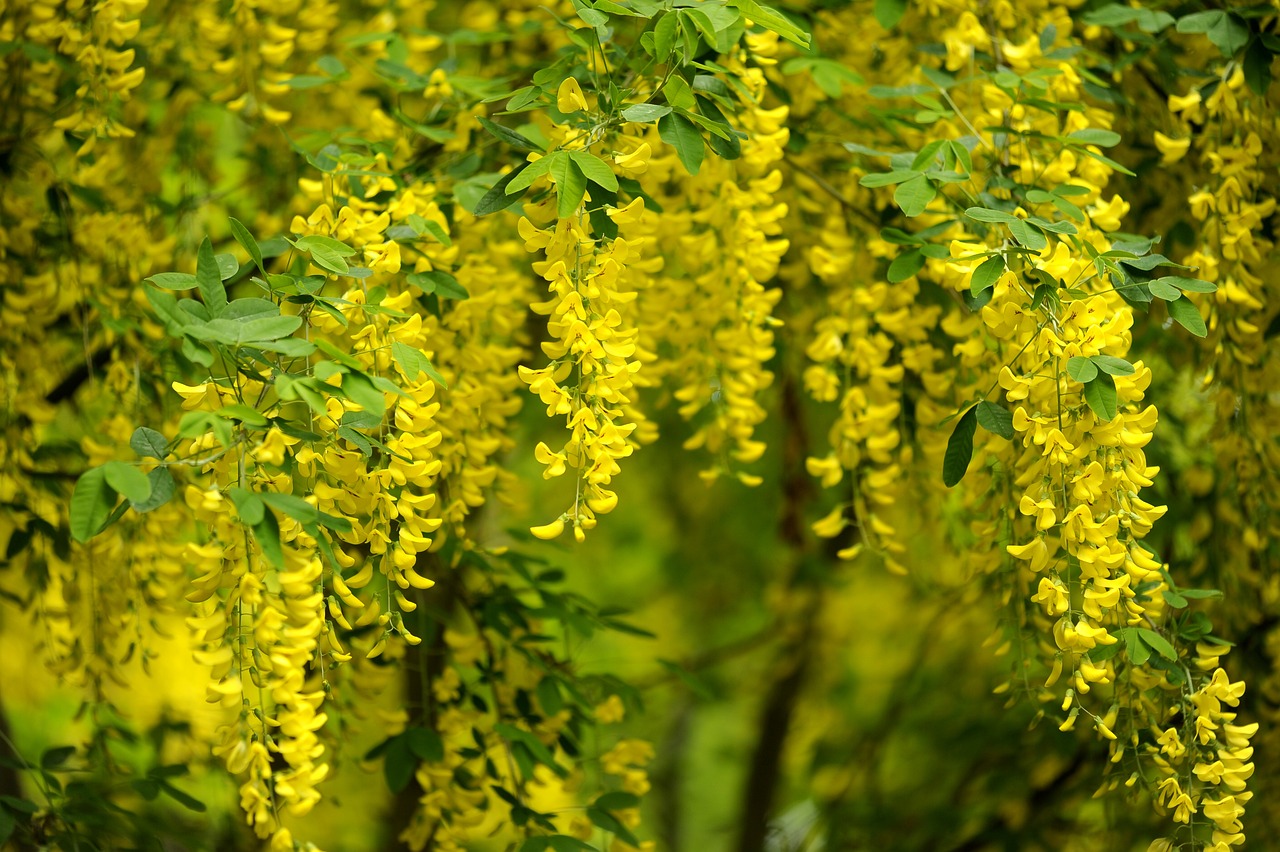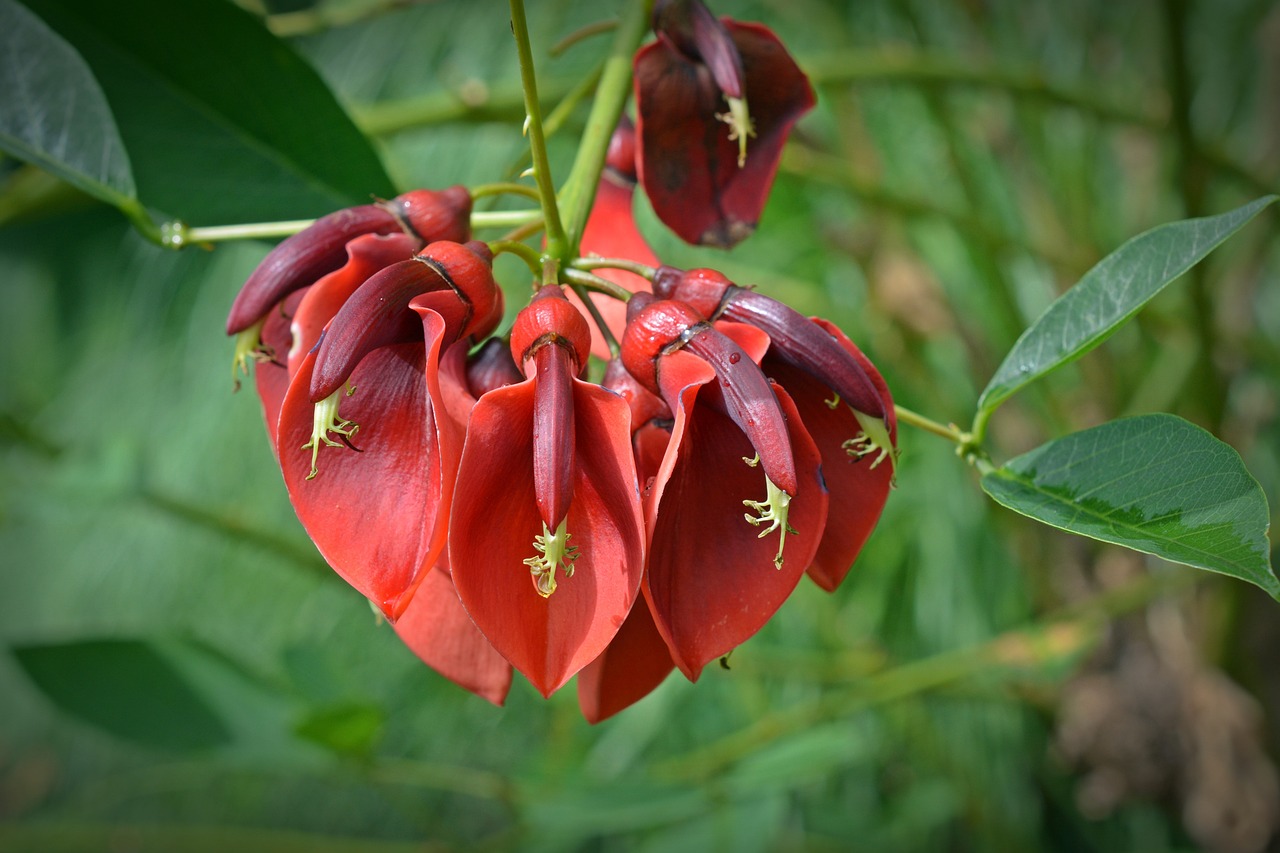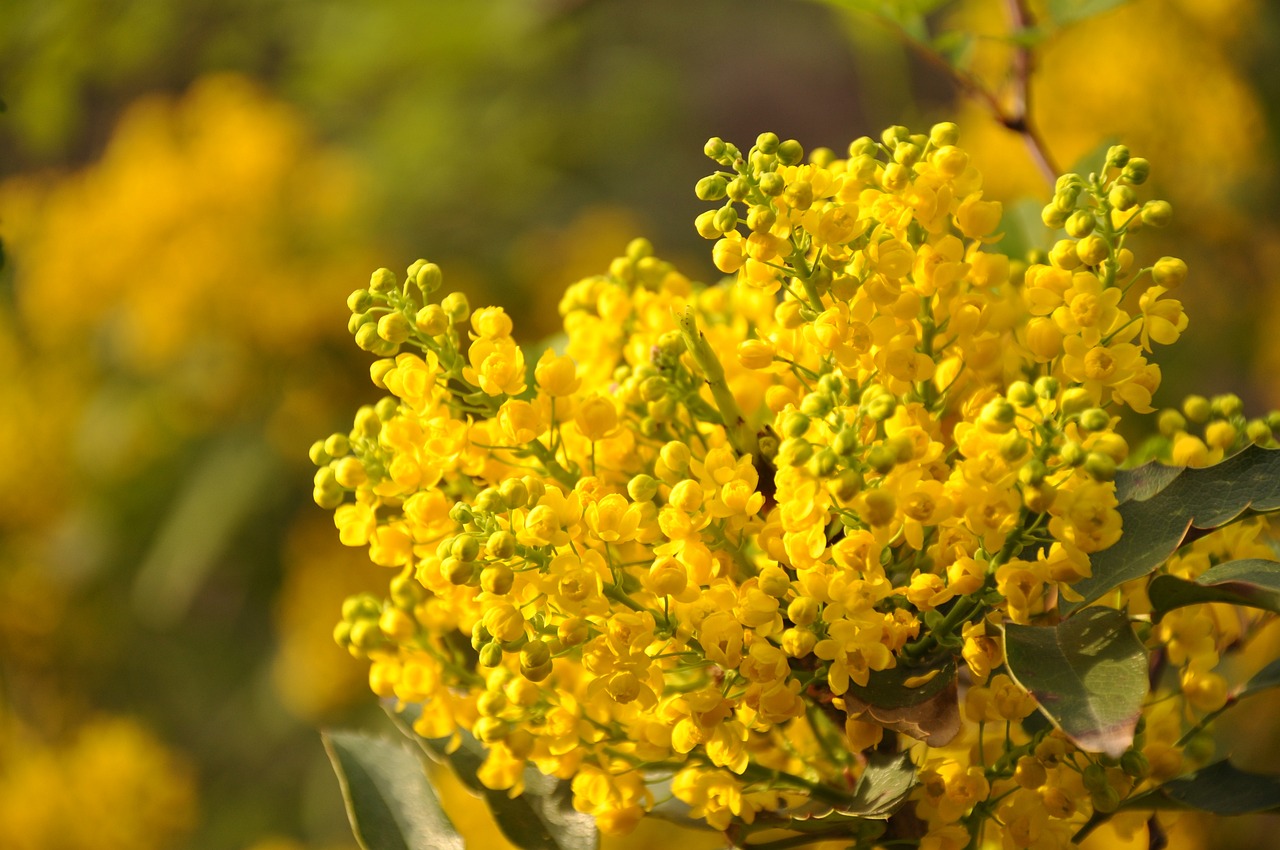Meadow Vetchling: Features and Care
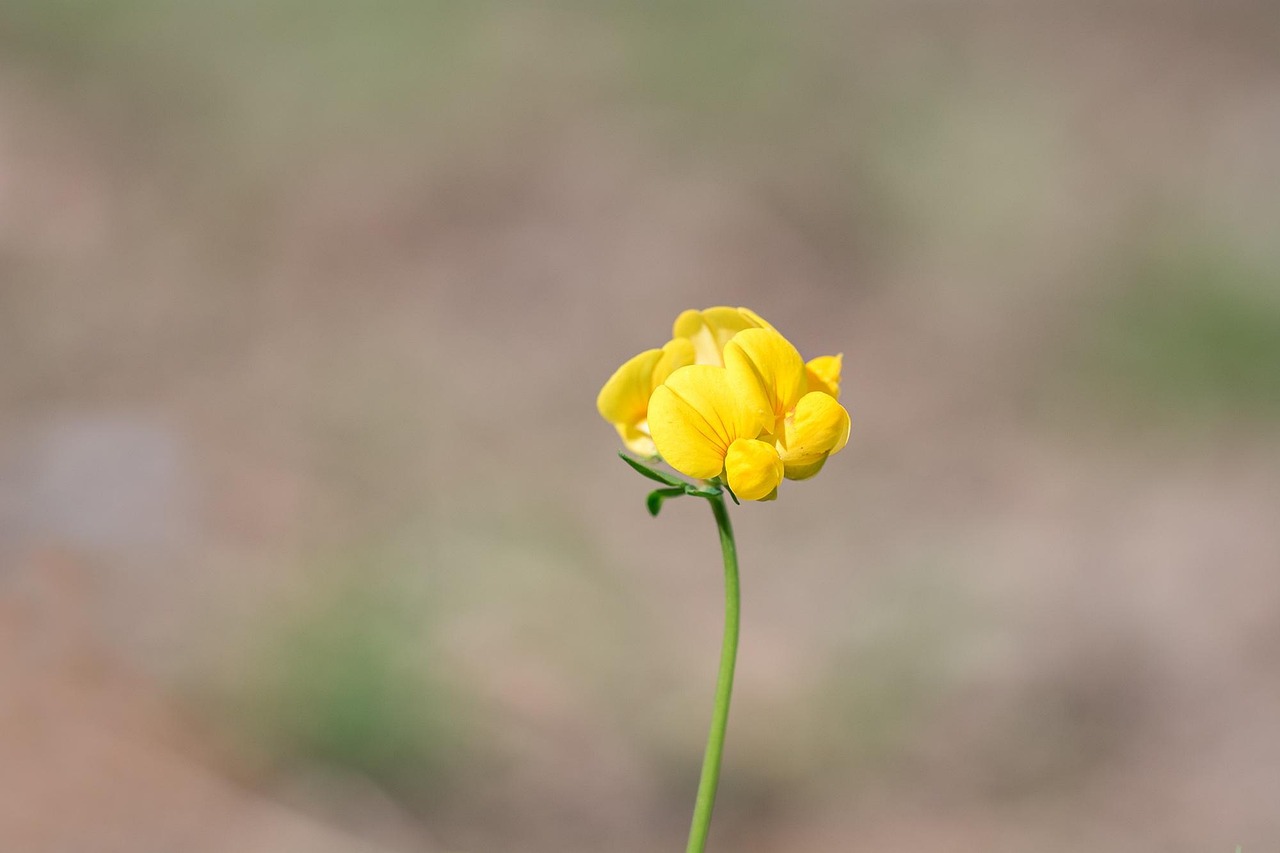
Meadow vetchling is a perennial plant in the pea family (Fabaceae), widely distributed across Europe and western Asia. It is characterized by its bright yellow papilionaceous flowers and delicate climbing stems. It grows naturally in pastures, meadows, and along roadsides, and has long been a part of both human life and the natural environment.
This article provides detailed information on its characteristics, cultural background, historical episodes, and care tips.
Basic Information
- Scientific name: Lathyrus pratensis
- Family: Fabaceae
- Origin: Europe, Western Asia
- Appearance: The plant grows to a height of 30–120 cm, with pinnate leaves and tendrils at the tips of its climbing stems. It produces clusters of 6 to 12 bright yellow papilionaceous flowers that stand out in grasslands.
- Blooming season: May to August
Cultural Characteristics Around the World
Meadow vetchling is widely known in Europe as a symbol of coexistence between nature and humans. In particular, it has long been familiar in the UK as a constituent species of pastures and natural grasslands. It plays an essential role in forming the traditional English meadow landscape and is still used today in the restoration of wildflower meadows.
In France, it is known as “Gesse des prés” and has been depicted in 19th-century literature and paintings with a focus on rural life. In these cultural representations, meadow vetchling appears as a symbol of natural beauty and rustic simplicity, in contrast to urban life. In Germany and the Nordic countries as well, it is remembered as a plant of pastoral scenery and is considered important in local native plant conservation efforts.
Historical Episodes
Lathyrus pratensis has been recorded since the medieval agrarian society of Europe as a species that naturally grows in pastures and serves as a part of the grazing environment for livestock. In medieval monasteries, grassland plants including meadow vetchling were collected and used as ground cover in orchard areas and inner fields.
From the 18th to 19th century, as European agriculture modernized, botanical classification systems advanced, and Lathyrus pratensis was included in many botanical illustrations and natural history works. For example, it was introduced as a native plant growing in pastures in William Curtis’s Flora Londinensis (1777–1798) and the 19th-century The English Flora. It was also widely documented during the plant specimen collection movements of the Victorian era, showing its recognition among gardeners and naturalists of the time.
Gardening Advice

Meadow vetchling is suitable for creating natural meadow-style gardens or incorporating wild plants into your landscape. As it is a climbing species that spreads easily, attention to placement and harmony with surrounding plants is important.
Sunlight
Prefers locations with plenty of sunlight. It can grow in partial shade, though the number of flowers may be reduced.
Watering
Water when the surface of the soil becomes dry. During dry periods such as after the rainy season or midsummer, observe the plant frequently.
Soil
Well-drained soil is ideal. Mixing in compost helps balance water retention and aeration. Neutral to slightly alkaline soil is preferred.
Fertilizer
Fertilization is not strictly necessary. A single application of slow-release fertilizer at the start of the growing season is generally sufficient.
Support and training
Since the plant extends by twining around nearby plants, group planting or using support structures is effective. Fences or trellises help maintain an attractive form.
Propagation
Propagation is typically by seed. Collect seeds in autumn and sow in spring. The plant may also self-seed naturally.
Conclusion
Meadow vetchling is a perennial plant that has developed alongside the grassland and rural cultures of Europe. Its bright yellow flowers and climbing growth habit are attractive features. Historically, it spread naturally in pastures and monastic grounds, playing a part in both agriculture and local life.
Today, it is frequently used in gardens that highlight the appeal of wild plants and aim to support biodiversity. It is a noteworthy choice for gardeners seeking to create landscapes in harmony with the natural environment.

